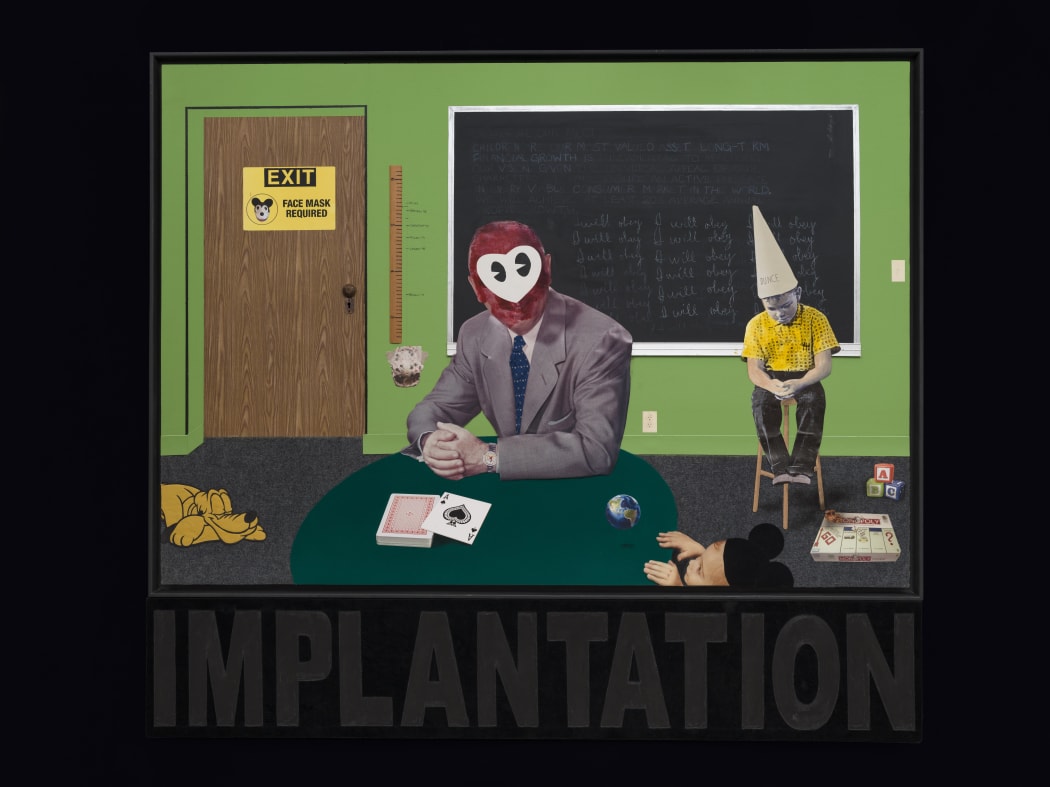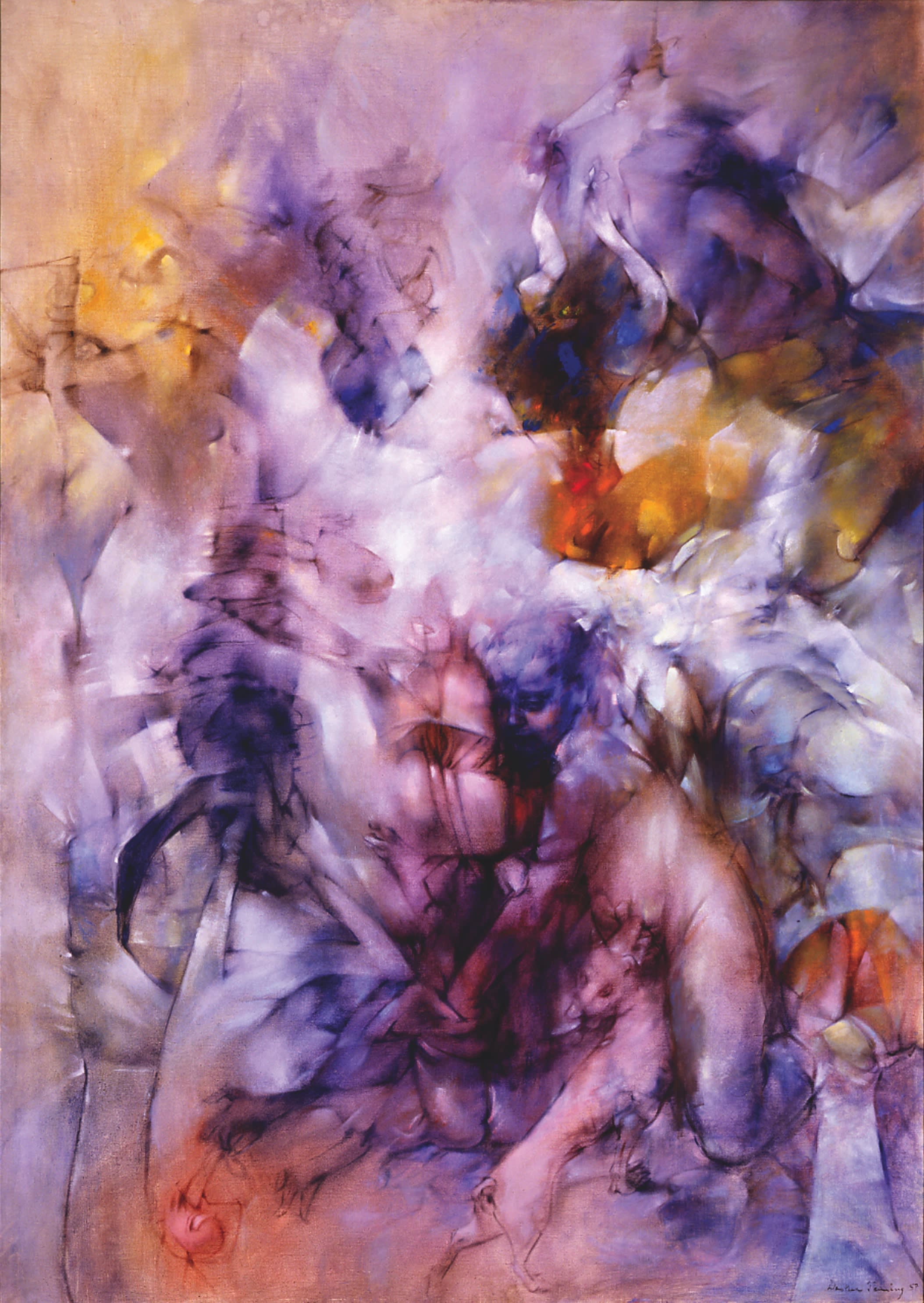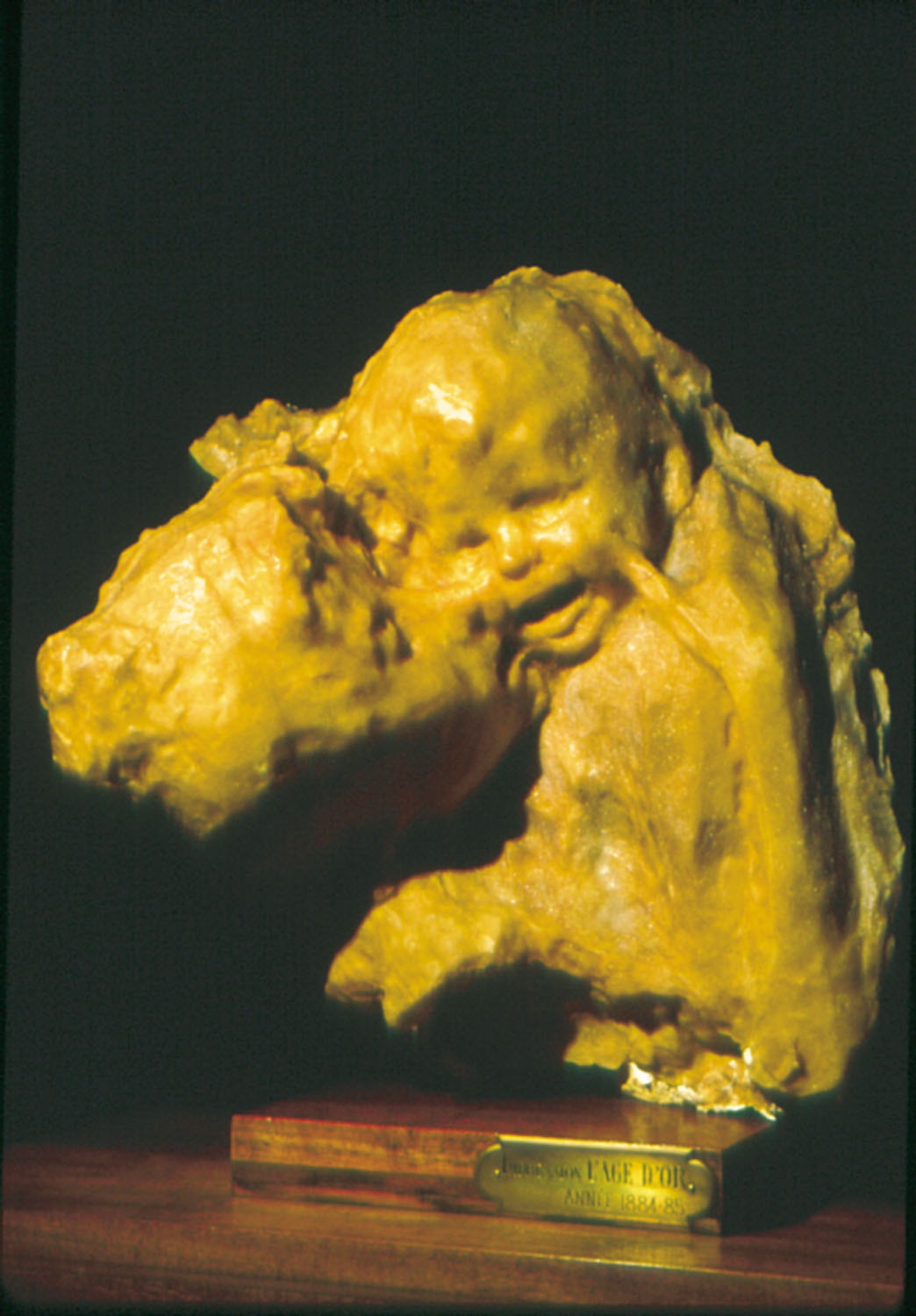
Smart investing involves diversification, and savvy investors are sure to look toward art market investments beyond the conventional high-end auction houses and blue-chip art sales that typically dominate headlines. By exploring alternative avenues, investors can uncover overlooked opportunities that may yield significant rewards, both financially and culturally, while engaging more meaningfully with the evolving art world.
Investing in Emerging Artists & Contemporary Art Collecting
While acquiring art from established names can offer a sense of security, some of the most compelling areas for growth lie in underrecognized and emerging talents. These artists, often ignored by the fast-paced, momentum-driven market, offer work that is rich in mature innovation but undervalued in terms of visibility and pricing. Support and acquisition here can pay long-term dividends as the artists’ careers develop and reach a wider audience, a process more closely aligned with value investing than speculative trading. Investing in emerging artists enables a more personal and impactful form of patronage, allowing collectors to play a more active part in an artist’s trajectory.

Dorothea Tanning, "Insomnias", 1957
This approach echoes Alan Bowness’s model for an artist’s rise to success, based on peer recognition, critical reception, institutional support, and finally, market validation. Investing in emerging or overlooked artists often requires a willingness to look beyond trends, toward long-term significance, and can be a deeply rewarding form of patronage.
In close connection, contemporary art collecting is an accessible and strategic entry point. Unlike historic or classical works, contemporary pieces reflect today’s social, political, and aesthetic concerns, making them more relatable while often being more affordable. For collectors looking to balance personal resonance with portfolio diversification, the contemporary market offers fertile ground for both financial and intellectual returns.
Unlocking the Mystery of Art Valuation
In this context, understanding art valuation becomes crucial. Unlike stocks or real estate, artworks lack a standardized pricing mechanism. Value tends to be influenced by an artist’s exhibition history, critical reception, market demand, and media exposure. Investors might consider working with art advisors, attending art fairs, and leveraging online platforms to research provenance and pricing. Still, a value-based approach is not just about data but about context, patience, and informed intuition.

Medardo Rosso, "Aetas Aurea: L’Age d’Or", 1884-1885
Alternative Avenues
While blue-chip works by artists like Picasso, Warhol, or Basquiat remain the safest bets for stable, long-term appreciation, they are often out of reach for many collectors and increasingly subject to speculative market behavior. Fortunately, the art world is expanding. New platforms are democratizing access and allowing collectors to pursue more intentional strategies: blending traditional collecting with a renewed interest in historically overlooked artists, late-career discoveries, and non-mainstream practices.
These are not merely alternative assets; they are the foundation for a more inclusive, equitable, and forward-looking art world. Alternative art market investments offer rich potential for those willing to look beyond the hype and follow a more thoughtful, long-term approach. By aligning investment with cultural contribution, and seeking value where others overlook it, today’s collectors can find meaningful returns while helping shape the future of the art world.
